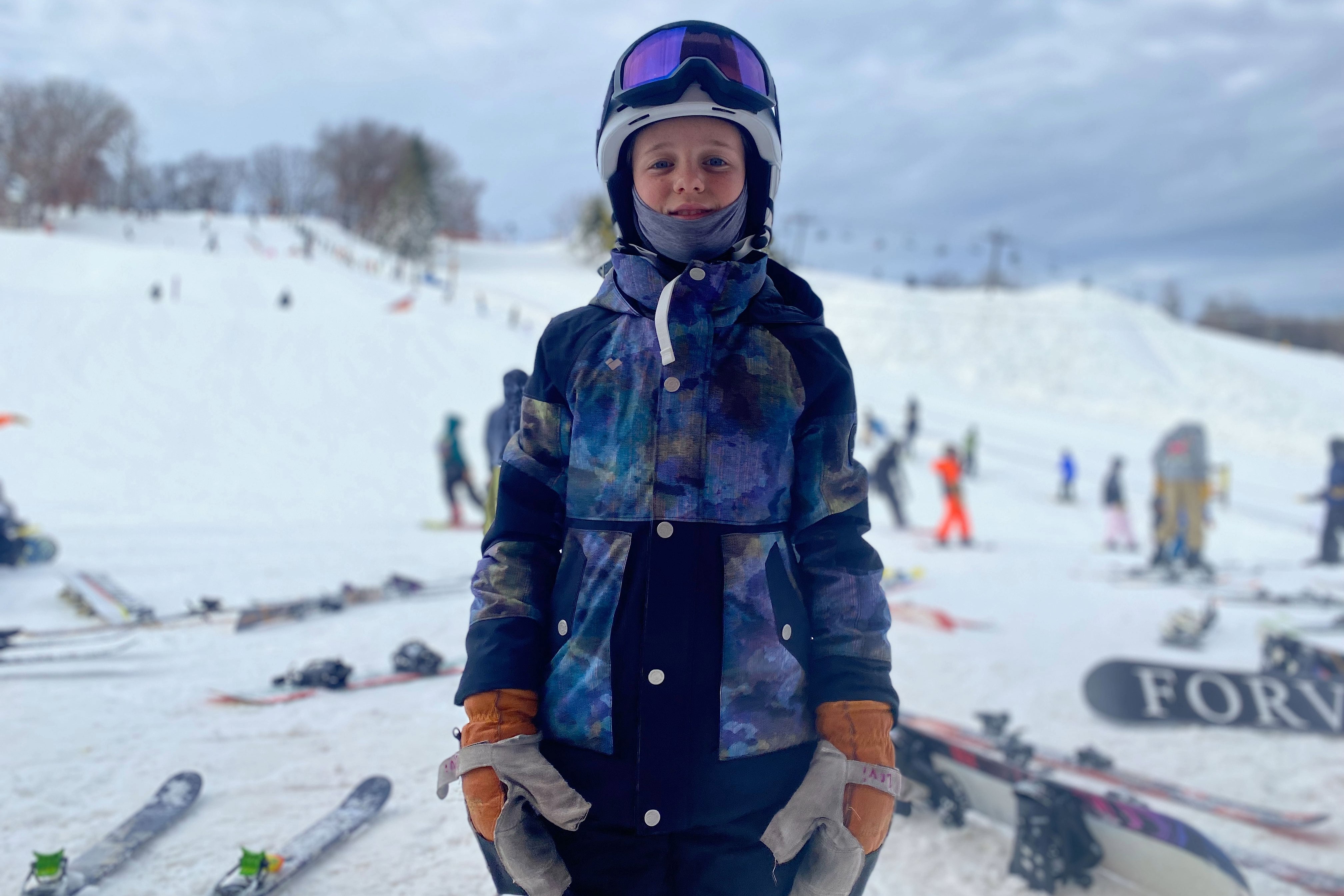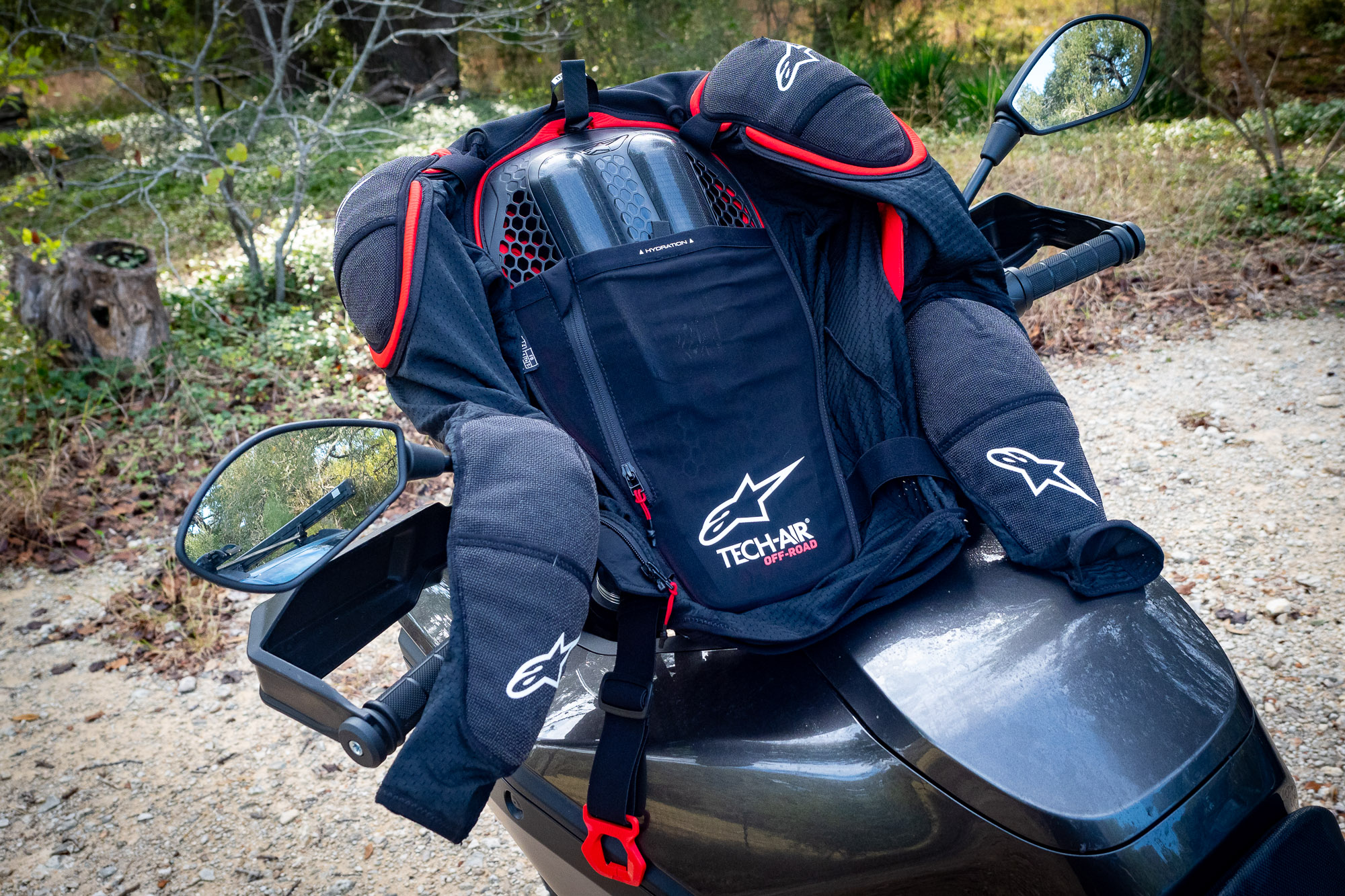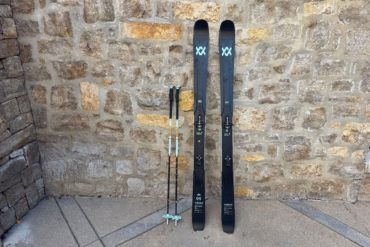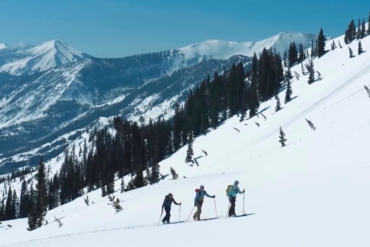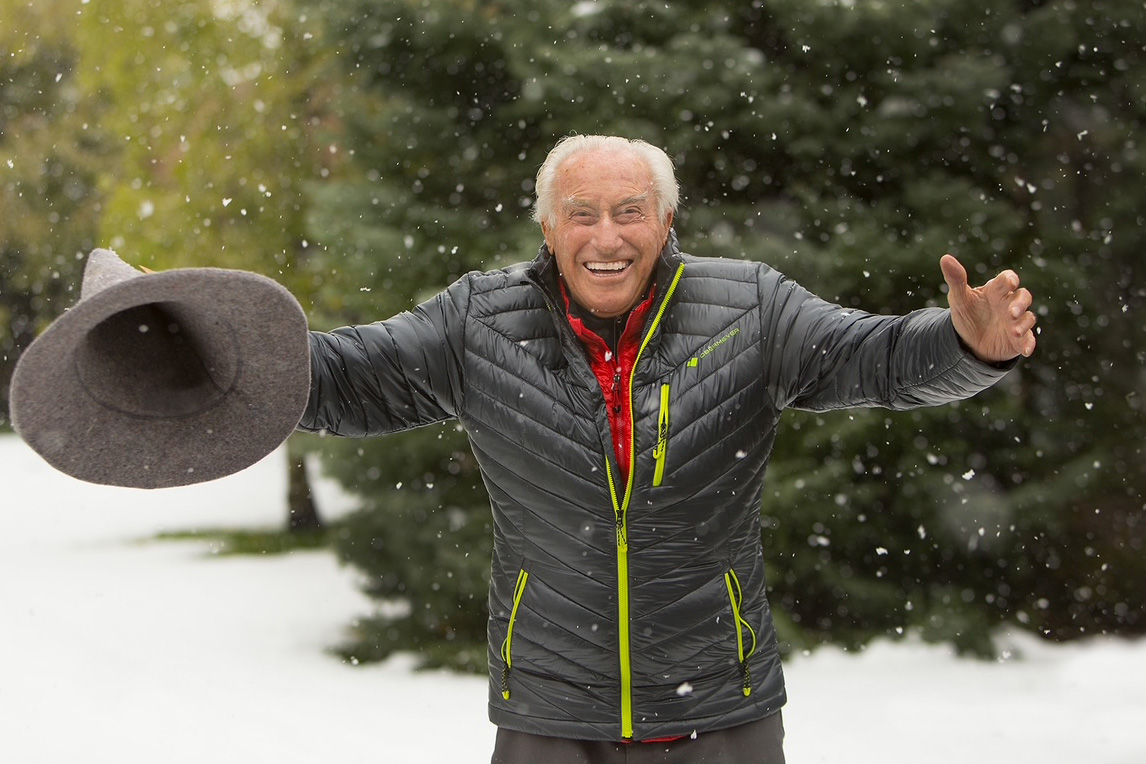Gravity, speed, ice, and snow — the ingredients of a freestyle ski session are a recipe for adrenaline and possible disaster. Last season, my son learned the hard way by breaking a wrist on one of his first days out.
At Christmas, he had a cast on his arm, and he was sidelined as his friends grabbed the rope tow at our local ski hill.
This year, we’re upgrading Levi, age 11, head to toe in an attempt to keep him safer on the snow.
Skiers of any age should consider looking closer at safety-oriented gear. A trend that started with helmets years ago is expanding down the body with back protectors, pads, “crash shorts,” mouth guards, and more.
“No one wore helmets when I was growing up,” said Atle Enberget, a founder at Sweet Protection. “Today, it’s standard, and you look strange if you don’t wear one.”
Sweet Protection, based in Norway, started in helmets and has since expanded to pads, goggles, apparel, and other protective ski gear.
For this article, I interviewed Enberget and multiple experts. I also talked with Martin Sundquist, a former member of the U.S. Freestyle Ski Team who now serves as head coach of Nybora, my son’s ski club. The goal was to provide an updated look at the state of safety for kids and anyone hitting the slopes this year.
Taking a Look at Protective Ski Gear
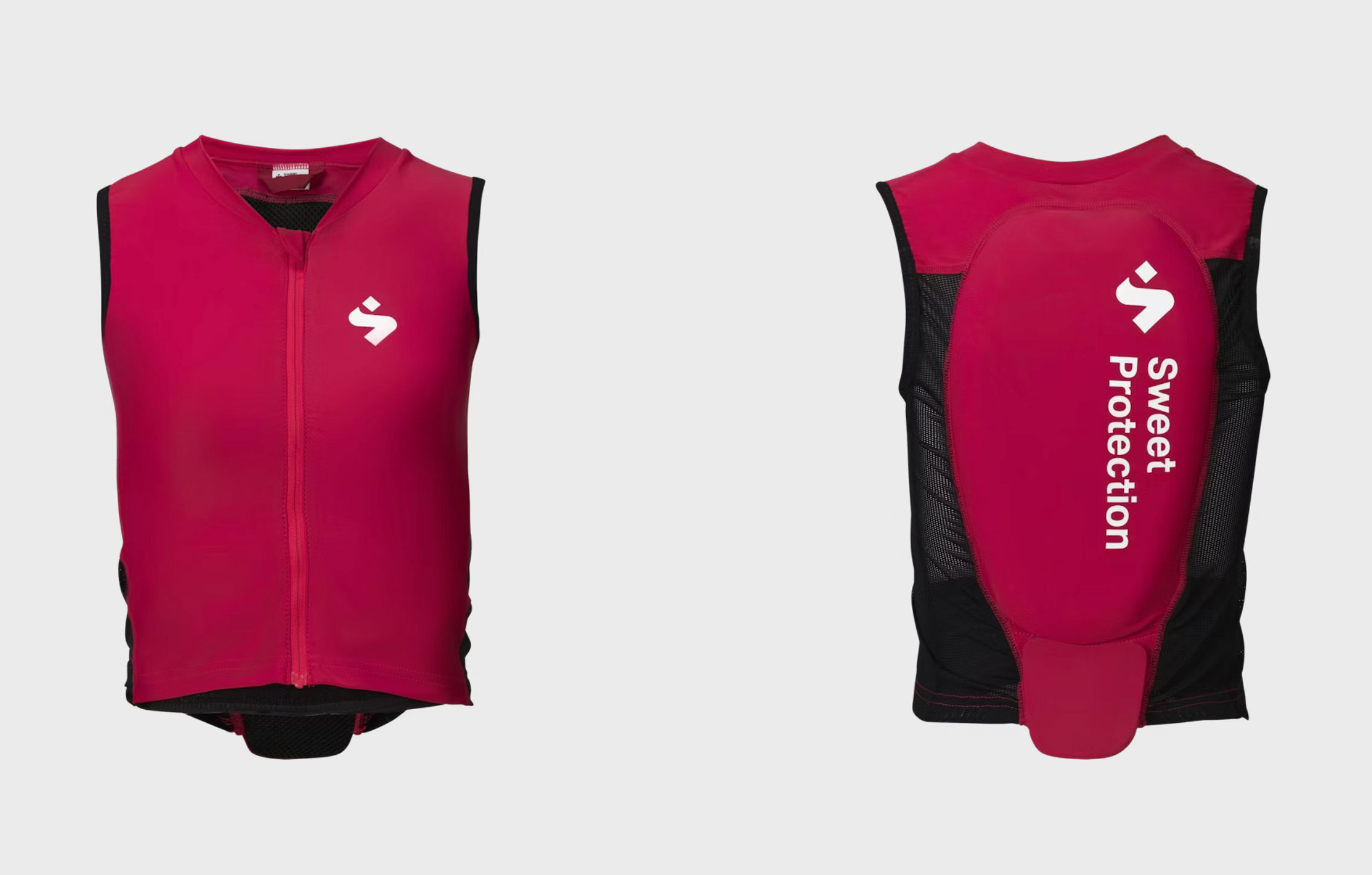
Back Protection
Jumps, rails, boxes, and other obstacles in the park pose risks to the spine. As a first move this season, we got Levi measured for a back-protecting vest. We ordered the Vest Junior model from Sweet Protection, which touts a foam panel made to absorb shock on impact in a fall.
The foam is 13mm thick, and the vest slips under a jacket as you ski. It fits close and has a flexibility more akin to a midlayer fleece than a protective shell.
The zip-on armor, once specialized racing gear, is trending with freestyle skiers and normal folks on the slopes. Henrik Björkman, a designer at POC, said his company recommends a back-protecting vest as “the minimum requirement” in addition to a helmet.
We outfitted my older son, Will, in the Oseus VPD Vest from POC, designed for skiing or mountain biking. Like the Sweet Protection model, it zips on and fits more like a shirt than foam-equipped body armor.
POC emphasizes its EN1621 rating on this vest, which denotes a testing standard for impact absorption by the European Committee for Standardization, or CEN. (Sweet Protection also boasts the CEN certification.)
Björkman noted the testing standards are useful. But the right fit is equally important.
“This is for protection reasons as well as ergonomic reasons,” he said. “Naturally, the protector should not restrict the user’s movements.”
The equipment adds protection for a skier in a crash. Another scenario is safety if a rogue skier crashes into you. That’s becoming more common on crowded hills, Enberget said.
Numerous brands now sell back protection products. Shred, Atomic, Flaxta, Evoc, and other companies offer vests and rigid back protectors of similar design and pricing, commonly between $125 and $200.
Martin Sundquist of Nybora said back protectors are not yet common on his youth freestyle team. The team requires helmets, but other gear is optional. He added that they “always encourage any safety equipment a skier is interested in wearing.”
Enberget takes it further. “Back protectors should be standard gear,” he said. “There is no reason not to wear one anymore.”
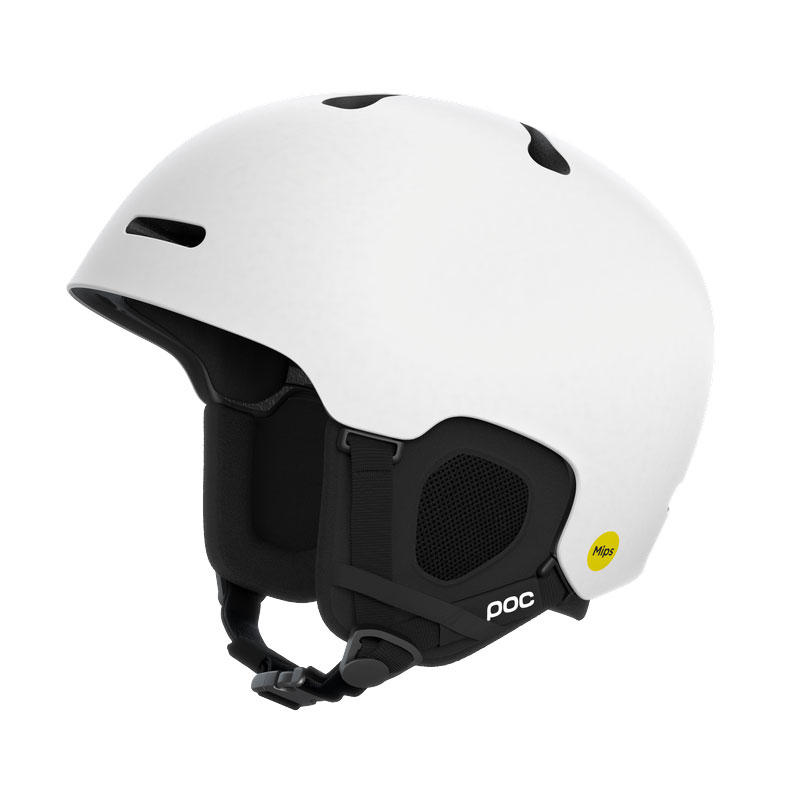
Helmets Evolve
Until the early 2000s, helmets were uncommon at ski resorts. Sundquist remembers wearing a hockey helmet for protection as a young mogul skier in the 1990s. A genre didn’t exist beyond helmets made for downhill racing.
But today, helmets are standard for all types of skiing, and major brands offer models of varying aesthetic, fit, and technological design. GearJunkie’s guide to the Best Ski Helmets offers a comprehensive overview of new technology in the category for 2024.
For my kids, we upgraded their hard hats this year for a better fit. Enberget noted that ill-fitting helmets, often hand-me-downs, can be common among kids.
“At a baseline, you need a good fit and a newer helmet for it to be effective,” he said.
Features abound on models from Sweet Protection, POC, Smith, Salomon, Bern, Giro, and more. Crash-protecting tech like MIPS (Multi-Directional Impact Protection System), which reduces rotational forces during impacts, and WaveCel, a system of shock absorbers, are all worth consideration for maximum safety on skis.
For resort skiers, helmets can also provide comfort with adjustable ventilation to regulate temperature and airflow. Integrated helmet-and-goggle systems ensure a seamless fit, preventing cold air gaps.
Enberget noted that goggles often get overlooked as a protection item. Beyond clear vision and a shield from wind and snow, Enberget said he considers a pair of goggles “an extension of the helmet, as they protect the face.”
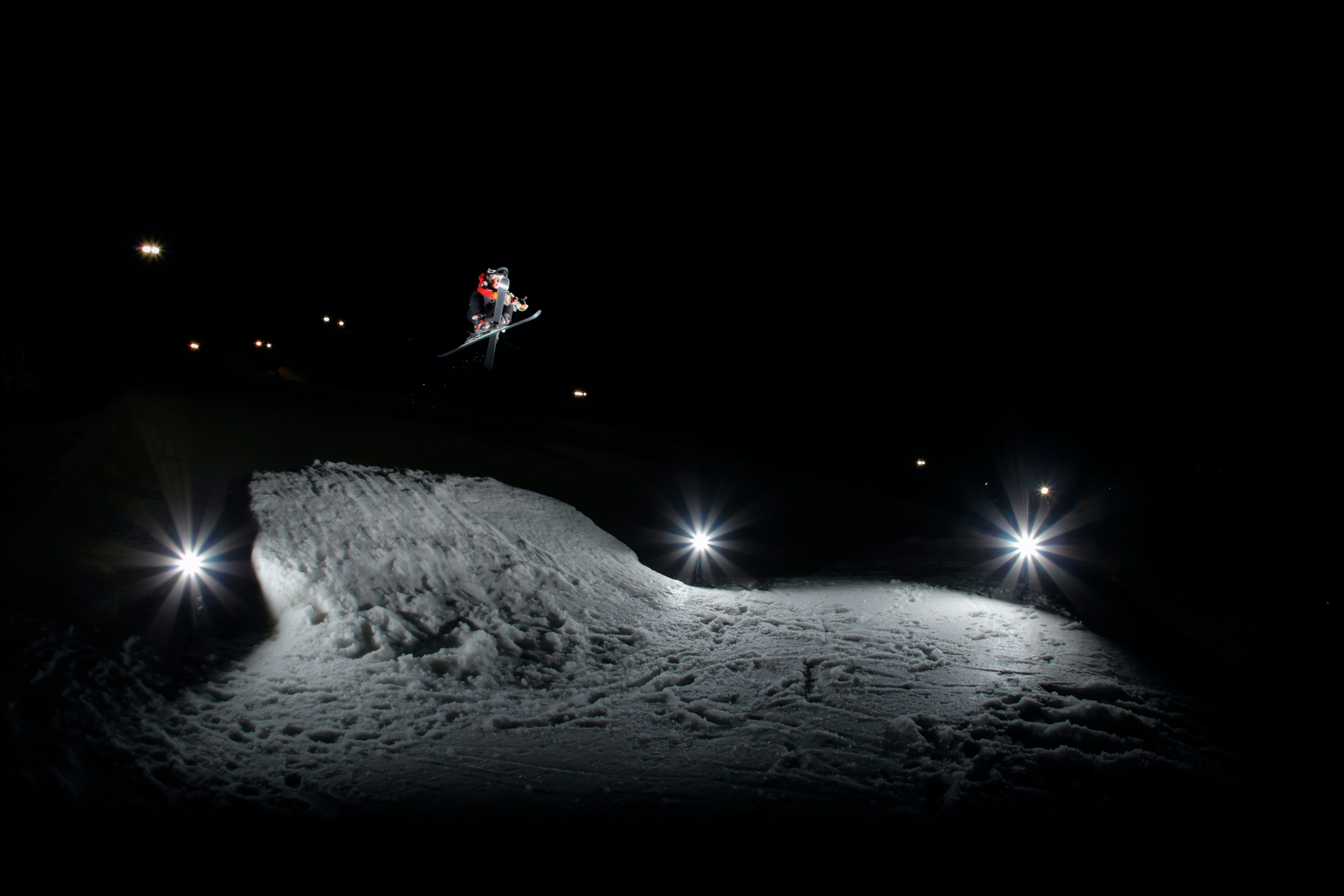
Mouthguards & Wrist Protection
A growing list of ancillary gear is also becoming more common. Mouthguards, wrist guards, and crash shorts can help mitigate injuries, especially for freestyle skiers and snowboarders in the park.
It might be overkill, but this ski season we decided to outfit Levi with all of the above. He has a mouthguard purchased at a sporting goods store for $10. His wrist guards are from Burton. Finally, we got him a pair of shorts with pads built-in.
Mouthguards protect the teeth. However, their benefits extend beyond dental protection. When the jaw absorbs a heavy blow, the force can travel through the skull and potentially result in a concussion. A mouthguard helps by absorbing the impact energy, reducing the force transmitted to the brain.
Last winter, Levi broke his wrist after crashing on a rail. We were motivated to add some fortification on his arm in case he faced the same slip-up again.
Burton and other brands sell wristguards for snowboarders, and they are common for skateboarding and other sports. However, the experts I interviewed cautioned me when I brought up wrist guards for the snow.
Björkman noted that POC does not make wrist-protecting products.
“In our opinion, protectors that stiffen up a joint only move the breaking point to a different location and could, potentially, make the damage even worse.”
Sundquist agreed that the use of wrist guards is complicated. They may prevent injury in a crash, or they could cause a bigger issue if the wrist is immobile and the shock affects another part of the arm up the chain. For this reason, Sundquist said he doesn’t recommend wrist guards for most skiers on his team.
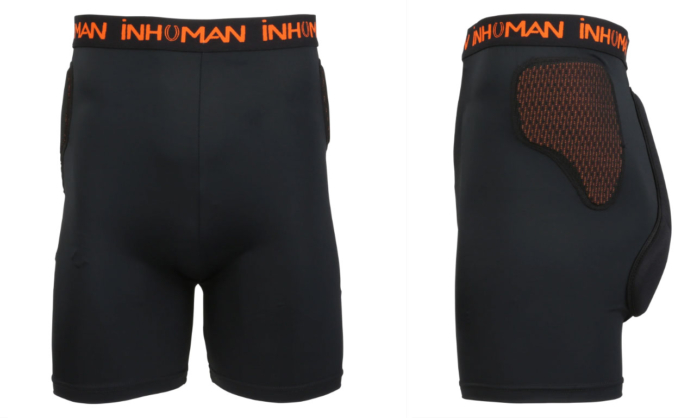
Padded shorts are one of the latest trends in protective ski gear; (photo/Inhuman)
Padded shorts
A final piece of the protection puzzle is padded shorts. POC and other brands now make ski-specific products in this category. For Levi, we are testing a pair from a boutique brand.
Inhuman Protection is based in Saint Louis, Mo. Its simple tagline — “Hurt Less, Ride More” — illustrates the goal of its foam-equipped shorts.
The unisex Impact Shorts ($65) have thin panels of EVA on the hips and butt, keeping a rider better protected in a crash or a slip off a rail.
Inhuman’s shorts use the same form-fitting spandex fabric that bikers wear. The butt, hips, and tailbone are protected by EVA foam that absorbs the impact.
Like most protective gear, crash shorts are no panacea. But in a crash, they will certainly help cushion the blow.
Protective Ski Gear: The Final Word
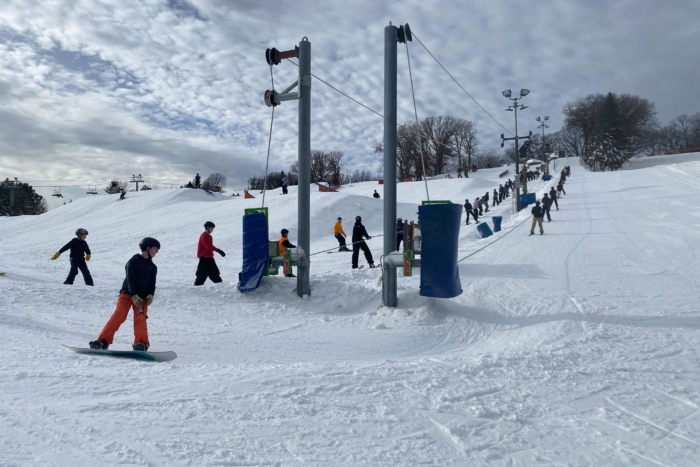
On the slopes this month, Levi is skiing more confidently, geared up, protected, and ready to go. The extra weight from pads can be cumbersome, he said. But the tradeoff for some protection and peace of mind is worth the extra bulk.
He hit a jump on his first day out. Flying through the air, Levi pulled up a ski and grabbed the base. He landed, skidded, and turned, angling back to a rope tow at our local hill. The lift pulled him along in a line, skier after skier lapping the park, defying gravity, and, hopefully, staying safe on the snow.
